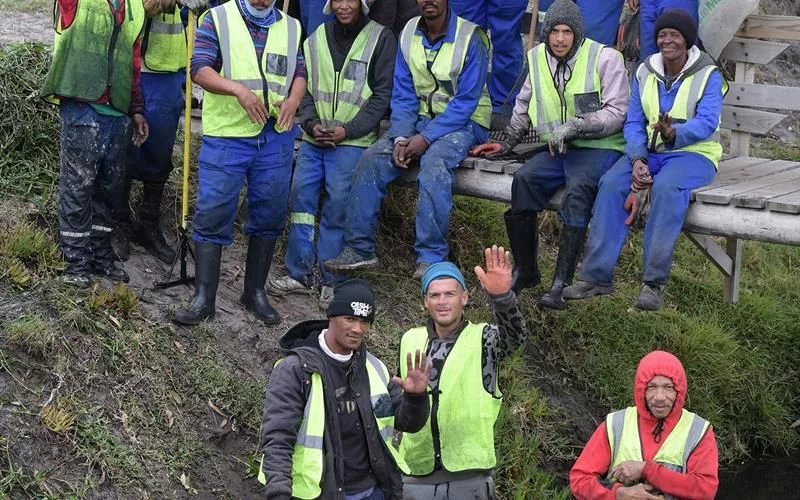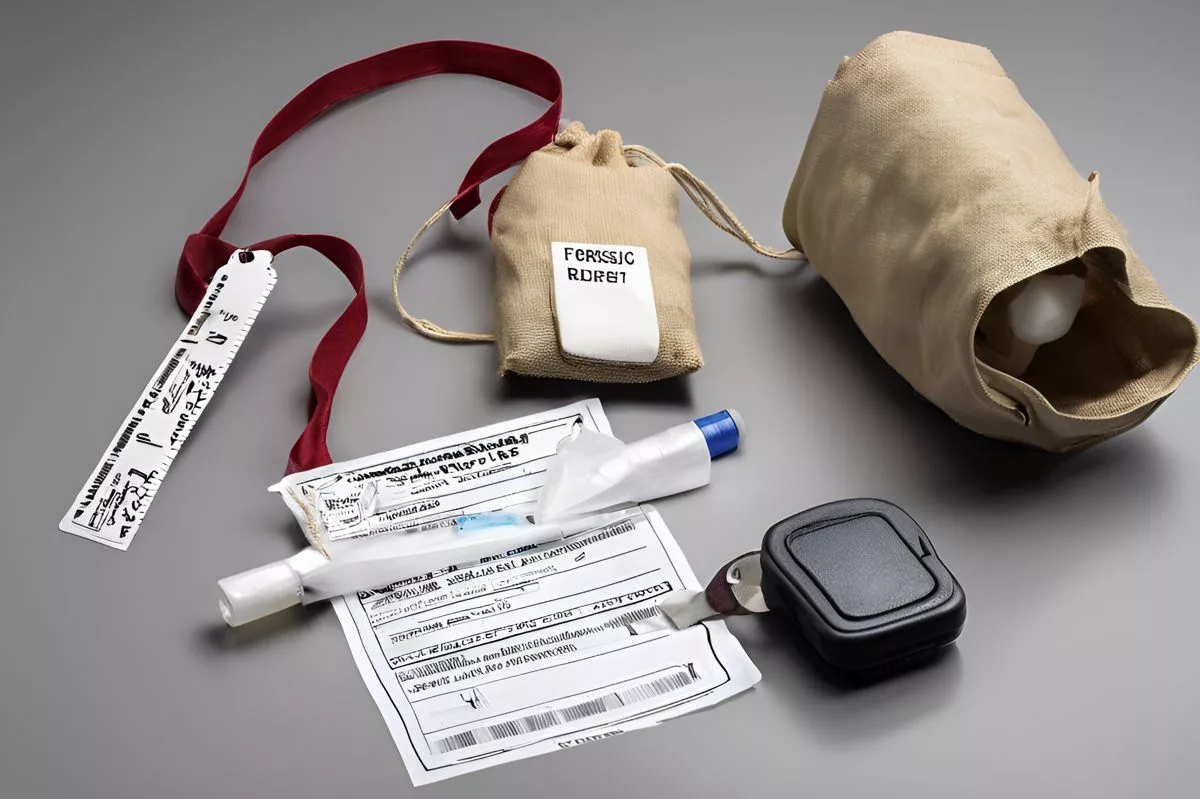The Bokramspruit River in Cape Town is a vital part of the local water system and a model for river upkeep. The City has allocated over R890,000 for maintenance work, which provides jobs and promotes socio-economic growth. By removing vegetation, silt, and litter, and with residents playing their part in keeping the river clean, the vibrancy of the Bokramspruit River can be safeguarded for continued benefits to the local population. The future of the river lies in the hands of both the city authorities and its residents.
The Importance of Bokramspruit River
The Bokramspruit River in Cape Town is a vital component of the local water system and a model for dedicated river upkeep. The City has allocated over R890,000 for maintenance work, which offers employment opportunities and promotes socio-economic growth. The upkeep includes removing vegetation, silt, and litter, and residents are urged to play their part in keeping the river clean. By working together, the vibrancy of the Bokramspruit River can be safeguarded for continued benefits to the local population.
The Importance of Bokramspruit River
In the picturesque coastal city of Cape Town, the petite, yet crucial Bokramspruit River sits snugly between the Atlantic Ocean and the awe-inspiring Slangkop Mountain. This river is not just a vital component of the local water system, but also serves as an impressive model of how dedicated river upkeep can yield substantial rewards for both the community and the environment.
Originating from the mountainside above Aries Avenue in Ocean View, the Bokramspruit River courses through approximately 3.5 kilometers before reaching its end at the Kommetjie Beach. The Water and Sanitation Directorate of the City has recently started its bi-annual maintenance work on a two-kilometer section of this river. This stretch of work extends from Aries Avenue to Slangkop Road, and further from Nicholi Avenue to Flamingo Drive.
Like many natural water bodies, the Bokramspruit River faces its own set of challenges. During intense winter rainfalls, the river’s shallower areas often overflow, leading to flooding of adjoining residential properties and roads. However, steady and focused upkeep can alleviate these issues, enhancing water quality, minimizing pollution, promoting better hydraulic flow, and reducing the risk of floods.
The City’s Commitment and Local Socio-Economic Development
The City’s stringent dedication to the preservation and maintenance of this river is echoed in budget provisions for such tasks. Throughout the present financial year, the City has allocated over R890,000 for diverse interventions, including emergency flood relief. These measures are not just about infrastructure improvements; they also serve as a driving force for local socio-economic growth.
The initiative, which took off in November 2023, has offered employment to 170 locals, assigning them tasks like eliminating invasive vegetation and collecting litter. This dual-pronged strategy not only sustains the river’s health and vigor but also promotes local job creation and skill enhancement.
The City’s Mayoral Committee Member for Water and Sanitation, Councillor Zahid Badroodien, has underscored the vital importance of preserving and revamping the city’s rivers and waterways. The proactive work of city teams in minimizing flooding is praiseworthy. Their relentless efforts in cleaning litter traps, booms, ponds, canals, and culverts, and monitoring them for further cleaning to avert blockages that could result in flooding, are commendable.
Cleaning Techniques and Residents’ Role in Maintenance
Cleaning methods differ based on the specific requirements of the site. Techniques range from removing vegetation, including invasive water plants, silt, and litter, to dredging, which involves the use of heavy machinery like excavators and bulldozers to eliminate accumulated sediment and silt deposits.
However, the upkeep of the river isn’t solely the task of the city’s workers. Councillor Badroodien has also urged residents to play their part in maintaining the cleanliness of Cape Town’s rivers and waterways by responsibly getting rid of their waste using the provided waste services.
The Future of Bokramspruit River
The Bokramspruit River, with its flowing waters and the surrounding natural splendor, is undeniably a precious asset. Through regular maintenance and the joint endeavors of the City’s teams and residents, its vibrancy can be safeguarded, ensuring its continued contribution to enhancing the quality of life in Cape Town.
The future of the Bokramspruit River, and indeed of Cape Town’s entire water system, lies in the hands of both the city authorities and its residents. By working together, it is possible to preserve the natural beauty of this resource, ensuring it continues to provide both practical and aesthetic benefits to the local population.
1. What is the Bokramspruit River in Cape Town and why is it important?
The Bokramspruit River is a vital component of the local water system in Cape Town and serves as a model for dedicated river upkeep. It is important for enhancing water quality, minimizing pollution, promoting better hydraulic flow, and reducing the risk of floods.
2. What is the City’s commitment to the preservation and maintenance of the Bokramspruit River?
The City has allocated over R890,000 for maintenance work, including emergency flood relief, to sustain the river’s health and vigor. This initiative has offered employment to 170 locals, promoting local socio-economic growth and skill enhancement.
3. What is the role of residents in maintaining the cleanliness of the Bokramspruit River?
Residents are urged to play their part in maintaining the cleanliness of Cape Town’s rivers and waterways by responsibly getting rid of their waste using the provided waste services.
4. What are the challenges faced by the Bokramspruit River?
The river’s shallower areas often overflow during intense winter rainfalls, leading to flooding of adjoining residential properties and roads.
5. What are the cleaning techniques used to maintain the Bokramspruit River?
Cleaning methods differ based on the specific requirements of the site. Techniques range from removing vegetation, including invasive water plants, silt, and litter, to dredging, which involves the use of heavy machinery like excavators and bulldozers to eliminate accumulated sediment and silt deposits.
6. What is the future of the Bokramspruit River?
The future of the Bokramspruit River, and indeed of Cape Town’s entire water system, lies in the hands of both the city authorities and its residents. By working together, it is possible to preserve the natural beauty of this resource, ensuring it continues to provide both practical and aesthetic benefits to the local population.








